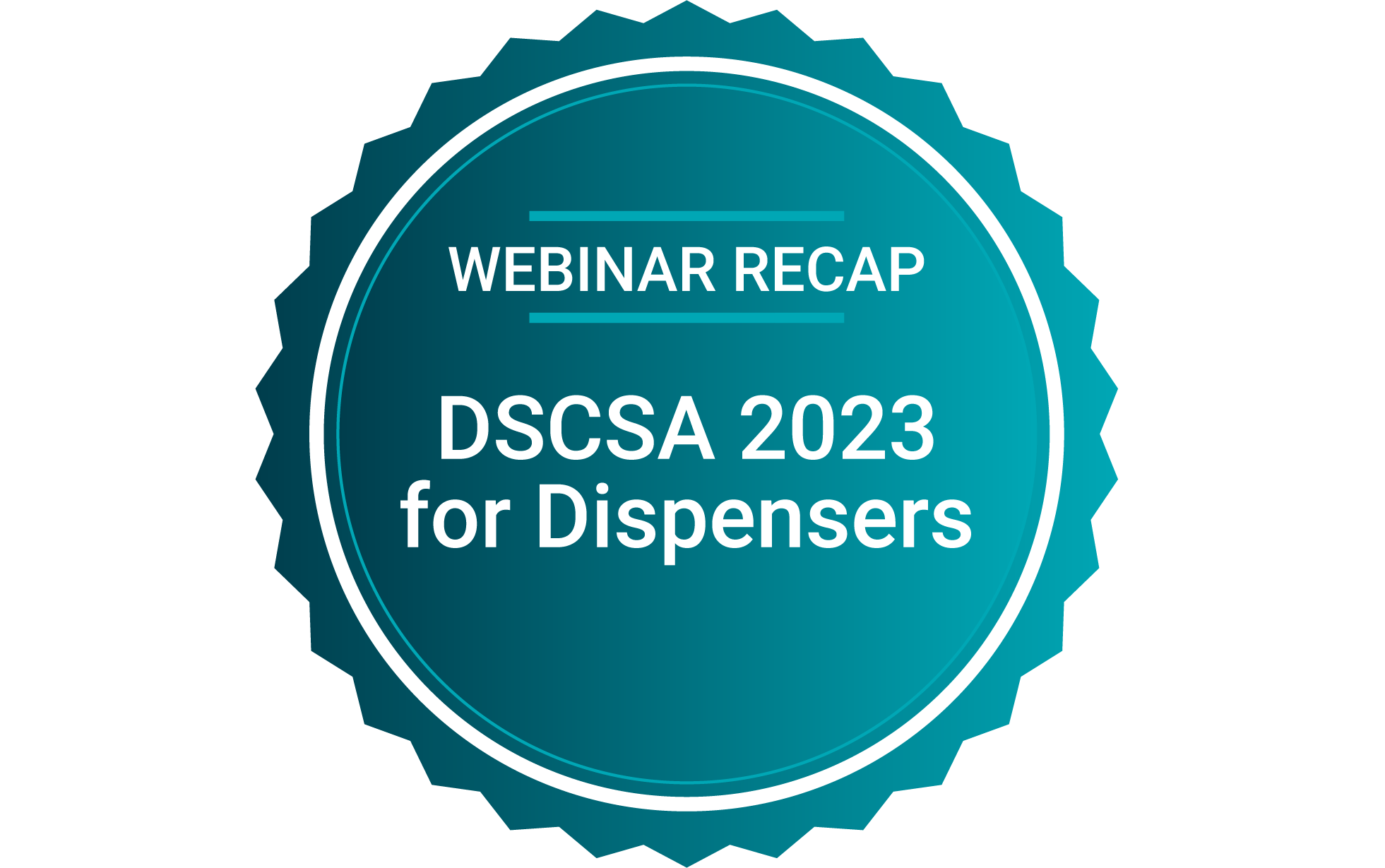Table of contents

The verification router service (VRS) was designed to verify the authenticity of pharmaceutical products returned to manufacturers from wholesale distributors. The original intent was to get these products back into the market quickly through a secure process.
However, saleable returns were just the beginning. Over the past few years, the industry has recognized other key use cases for VRS. And with Verification Messaging Standard (LVMS) 1.3, the pharma sector has expanded the use of verification to include suspect or illegitimate product investigations, exception processes, status checks, and more.
With all of these new use cases, the number of verification requests manufacturers receive is likely to skyrocket. With the November 2023 DSCSA deadline quickly approaching, now is the time to start thinking about how you’re going to handle all of these requests.
Our recent webinar, “Preparing for Electronic, Interoperable Exchange and Verification Requirements of DSCSA,” dives into the heart of the matter. Here are the key takeaways from the session:
- The item-level traceability requirements of DSCSA 2023 represents a step change in terms of the capabilities needed to facilitate compliant data exchange. New data elements, like GTIN, have been introduced, and there are new systems and processes for verification at the package level.
- There are no exemptions for drop shipments under DSCSA, you still have to meet regulatory requirements. Dispensers will still need to get the relevant TI and TS, whether it’s through a manufacturer’s portal or via a wholesaler’s system.
- Verification is the process of ensuring whether the product identifier affixed to a package corresponds to the identifier assigned by the manufacturer. Verification Router Service (VRS) emerged as a method of direct-to-source verification. Verification and serialized data exchange both require access to product GTINs, which must be accurate to ensure proper lookups and exchange of data. Interoperability is critical to standardizing verification requests and responses.
- Complying with authorized trading partner requirements is crucial to the regulatory rollout of DSCSA. Verifying a trading partner manually isn’t tenable, especially with more use cases added—it could take as long as six hours per verification, which will disrupt crucial operations. Additional credentialing aids verification by ensuring dispensers are working with authorized trading partners, without requiring any human intervention.
- DSCSA requirements and industry standards will continue to evolve up to and after the deadline. TraceLink works with the industry to solve new challenges as they emerge, ensuring various enterprise systems can communicate with each other and items like credentials can be passed securely and effectively.
If you’re interested in learning more about DSCSA 2023 from a panel of subject matter experts and your industry peers, register for our DSCSA webinar series today. We’ve got a special track dedicated specifically for dispensers.
If you want to learn more about verification, be sure to check out the complete webinar. In addition to a complete overview of verification requirements and Authorized Trade Partner credentials, you’ll get a demo of TraceLink VRS in action. You’ll also see how real-world organizations are using TraceLink VRS today to improve verification processes.





